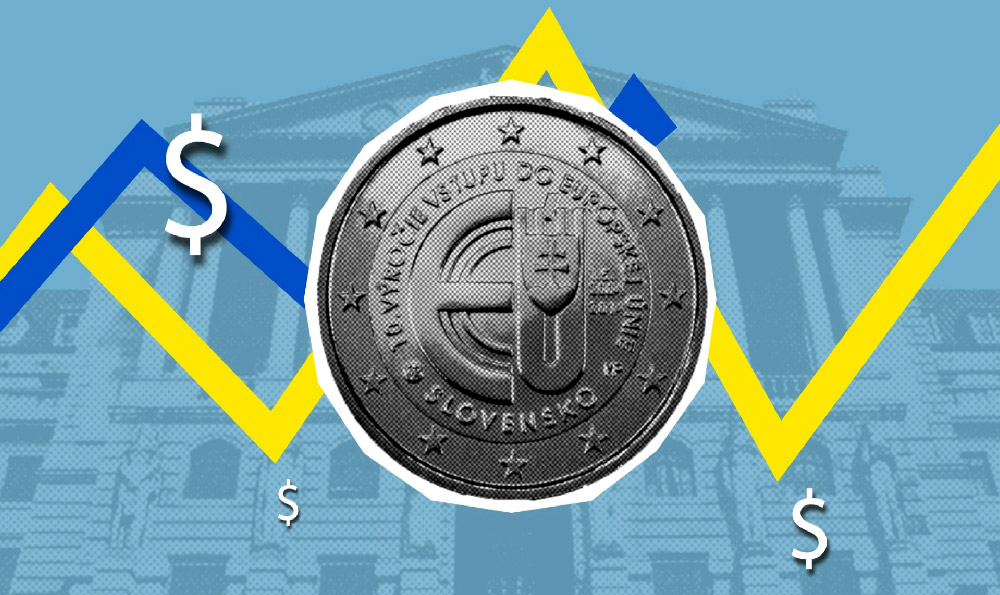Okay, I understand. Here's an article addressing the query of YouTube Shorts profitability and potential earnings, written in English as requested.
Decoding the YouTube Shorts Earnings Equation: Profitability and Potential
The explosion of short-form video content has irrevocably altered the digital landscape, and YouTube Shorts, Google's foray into this realm, is no exception. While its impact on viewer attention is undeniable, the question of monetization for creators remains a central point of discussion. Is YouTube Shorts profitable, and if so, how much can creators realistically expect to earn? The answer, like many things in the creator economy, is multifaceted and dependent on several factors.

Initially, YouTube Shorts offered limited direct monetization options. Creators relied primarily on indirect avenues such as brand sponsorships, merchandise sales, and driving traffic to their longer-form content on the main YouTube platform. The incentive was less about immediate Shorts revenue and more about audience building and overall channel growth. This approach acknowledged the inherent virality of Shorts – their ability to quickly reach a vast audience – and encouraged creators to leverage this reach for broader monetization strategies. A successful Short could act as a gateway drug, enticing viewers to explore other aspects of a creator's content portfolio.
However, recognizing the need for more direct financial rewards, YouTube introduced the YouTube Shorts Fund. This $100 million fund, distributed throughout 2021 and 2022, aimed to reward creators whose Shorts resonated with audiences and adhered to community guidelines. Payments varied significantly, ranging from a few hundred dollars to several thousand, based on factors like viewership, engagement, and geographic location. The Shorts Fund was a welcome addition, but it was inherently limited. It wasn’t a sustainable, long-term monetization solution, but rather a temporary program designed to incentivize content creation and gather data on user behavior.
The most significant development in YouTube Shorts monetization arrived with the introduction of ad revenue sharing. Starting in early 2023, YouTube allowed creators to monetize their Shorts content by running ads between Shorts in the Shorts Feed. This marked a crucial shift, aligning Shorts with the established ad-supported model of traditional YouTube videos. The mechanics are slightly different, however. Unlike longer-form videos where creators have granular control over ad placement, ads on Shorts are shown between videos in the feed, and revenue is pooled and distributed among creators based on their share of Shorts views.
This revenue-sharing model presents both opportunities and challenges. On the one hand, it provides a direct path to monetization, potentially generating significant income for creators with a high volume of engaging Shorts. A creator consistently producing viral Shorts can accumulate substantial views, translating to a larger share of the ad revenue pool. This is especially beneficial for emerging creators who may not yet have the audience or leverage to secure brand sponsorships.
On the other hand, the revenue per view (RPM) for YouTube Shorts is typically lower than that of longer-form videos. Several factors contribute to this disparity. The ad formats used in Shorts are often shorter and less intrusive, leading to lower ad rates. Furthermore, the user experience of Shorts emphasizes rapid consumption of content, making it challenging to effectively target ads. The sheer volume of Shorts in the feed also dilutes the overall ad revenue, resulting in a lower payout per view.
So, how much can creators realistically earn? Estimating potential earnings from YouTube Shorts is complex, as it depends on a confluence of variables. These include:
-
Views: The most obvious factor. More views translate to a larger share of the ad revenue pool.
-
Engagement: High engagement (likes, comments, shares) signals that the content is resonating with viewers, potentially increasing ad revenue.
-
Location: RPMs vary significantly across different countries and regions. Creators in countries with higher advertising rates tend to earn more per view.
-
Niche: Certain niches may attract higher advertising rates due to their target audience and demographics.
-
YouTube's Algorithm: The algorithm plays a crucial role in determining which Shorts are shown to viewers, influencing overall reach and viewership.
While precise figures are difficult to pinpoint, it's generally accepted that the RPM for YouTube Shorts can range from a few cents to several dollars per thousand views. This is significantly lower than the RPM for longer-form videos, which can range from a few dollars to upwards of $10 or more per thousand views.
Therefore, while YouTube Shorts can be profitable, it's crucial to approach it with realistic expectations. It’s unlikely to become a primary source of income for most creators, especially in its early stages. The real power of Shorts lies in its ability to drive audience growth and support a broader monetization strategy.
To maximize potential earnings from YouTube Shorts, creators should focus on:
-
Creating engaging and viral content: Content that captures attention quickly and encourages sharing is essential.
-
Optimizing Shorts for search: Using relevant keywords in titles and descriptions can improve discoverability.
-
Promoting Shorts on other platforms: Cross-promotion can drive traffic and increase viewership.
-
Building a community: Engaging with viewers and fostering a sense of community can lead to increased loyalty and support.
-
Diversifying monetization streams: Relying solely on ad revenue from Shorts is risky. Creators should explore other options such as brand sponsorships, merchandise sales, and driving traffic to other platforms.
In conclusion, YouTube Shorts monetization is an evolving landscape. While the ad revenue sharing program has opened up new opportunities for creators, it’s important to recognize that the RPM is generally lower than that of longer-form videos. The key to profitability lies in creating engaging content, building a strong audience, and diversifying monetization streams. YouTube Shorts should be viewed as a valuable tool for audience growth and brand building, rather than a standalone source of substantial income. The platform is constantly iterating, and future changes to the monetization model could further impact earnings potential. Staying informed about these developments and adapting strategies accordingly is crucial for creators seeking to thrive in the world of short-form video.












